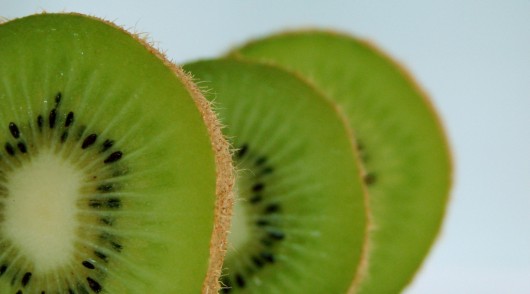Which Fruit Has The Most Vitamin K?
Vitamin K
Vitamin K is a group of vitamins that are stored in the body’s fat and liver. Discovered in 1929 by a Danish scientist, two natural forms of vitamin K exist, vitamin K1 and vitamin K2. Our bodies use vitamin K in blood coagulation and bone metabolism. A vitamin K deficiency is rare, although some medications, such as antibiotics, can suppress vitamin K temporarily. Newborn babies receive vitamin K injections as a preventative action against bleeding. Besides getting vitamin K in food, the human gut also makes vitamin K, which is why vitamin K deficiencies are rare.
Vitamin K’s Role in Human Health
Vitamin K’s role in human health is to prevent excessive bleeding. Vitamin K also uses calcium to build strong bones, reducing the risk of bone fractures. People with high levels of vitamin K have thicker, stronger bones than those with lower levels of the vitamin. People with excessive bleeding, easy bruising or showing signs of bone weakening should eat fruits and vegetables rich in vitamin K, such as grapes, avocados, kiwis, blueberries and dark-green leafy vegetables like spinach and kale.
Eating fruits and vegetables with lots of vitamin K will allow blood to clot, help prevent postmenopausal bone density loss and bone fractures and protect the body’s arteries from calcification. Some research has revealed that vitamin K may also protect against prostate and liver cancers. People taking certain medications, including antibiotics, cholesterol-lowering drugs, seizure drugs and weight loss drugs should consult with medical professionals before taking vitamin K supplements or eating vitamin K-rich foods. Possible interactions between vitamin K and the above medications can occur.
Taking too much vitamin K is usually not a problem as there is no known toxicity with vitamin K. Large doses of the vitamin, however, may cause tingling in the hands or feet as well as numbness.
Top Fruits For Vitamin K Content
The amounts of Vitamin K are given for 100g of each fruit.
1 Kiwi 40,30 mcg
2 Blackberry 19,80 mcg
3 Blueberry 19,30 mcg
4 Cucumber 16,40 mcg
5 Pomegranate 16,40 mcg
6 Grape 14,60 mcg
7 Redcurrant 11,00 mcg
8 Carrot 9,40 mcg
9 Tomato 7,90 mcg
10 Mulberry 7,80 mcg
11 Raspberry 7,80 mcg
12 Plum 6,40 mcg
13 Cranberry 5,10 mcg
14 Fig 4,70 mcg
15 Pear 4,50 mcg
16 Mango 4,20 mcg
17 Apricot 3,30 mcg
18 Papaya 2,60 mcg
19 Peach 2,60 mcg
20 Guava 2,60 mcg
21 Melon (Cantaloupe) 2,50 mcg
22 Strawberry 2,20 mcg
23 Apple 2,20 mcg
24 Cherry (sweet) 2,10 mcg
25 Pumpkin 1,10 mcg
26 Pineapple 0,70 mcg
27 Lime 0,60 mcg
28 Banana 0,50 mcg
29 Lychee 0,40 mcg
30 Passion Fruit 0,40 mcg
31 Watermelon 0,10 mcg
32 Jackfruit 0,00 mcg
33 Orange 0,00 mcg
34 Lemon 0,00 mcg
35 Elderberry 0,00 mcg
36 Grapefruit 0,00 mcg
37 Gooseberry 0,00 mcg
38 Tangerine 0,00 mcg
39 Blackcurrant 0,00 mcg
40 Mangosteen 0,00 mcg
41 Durian 0,00 mcg
